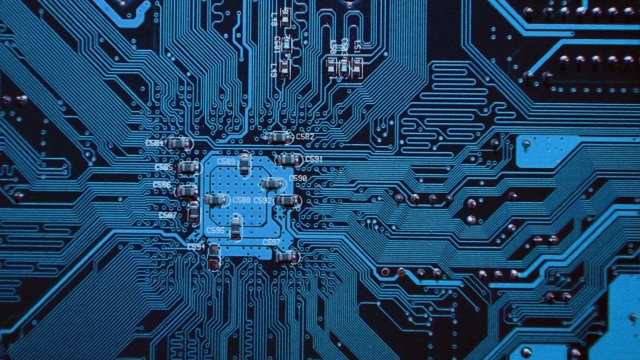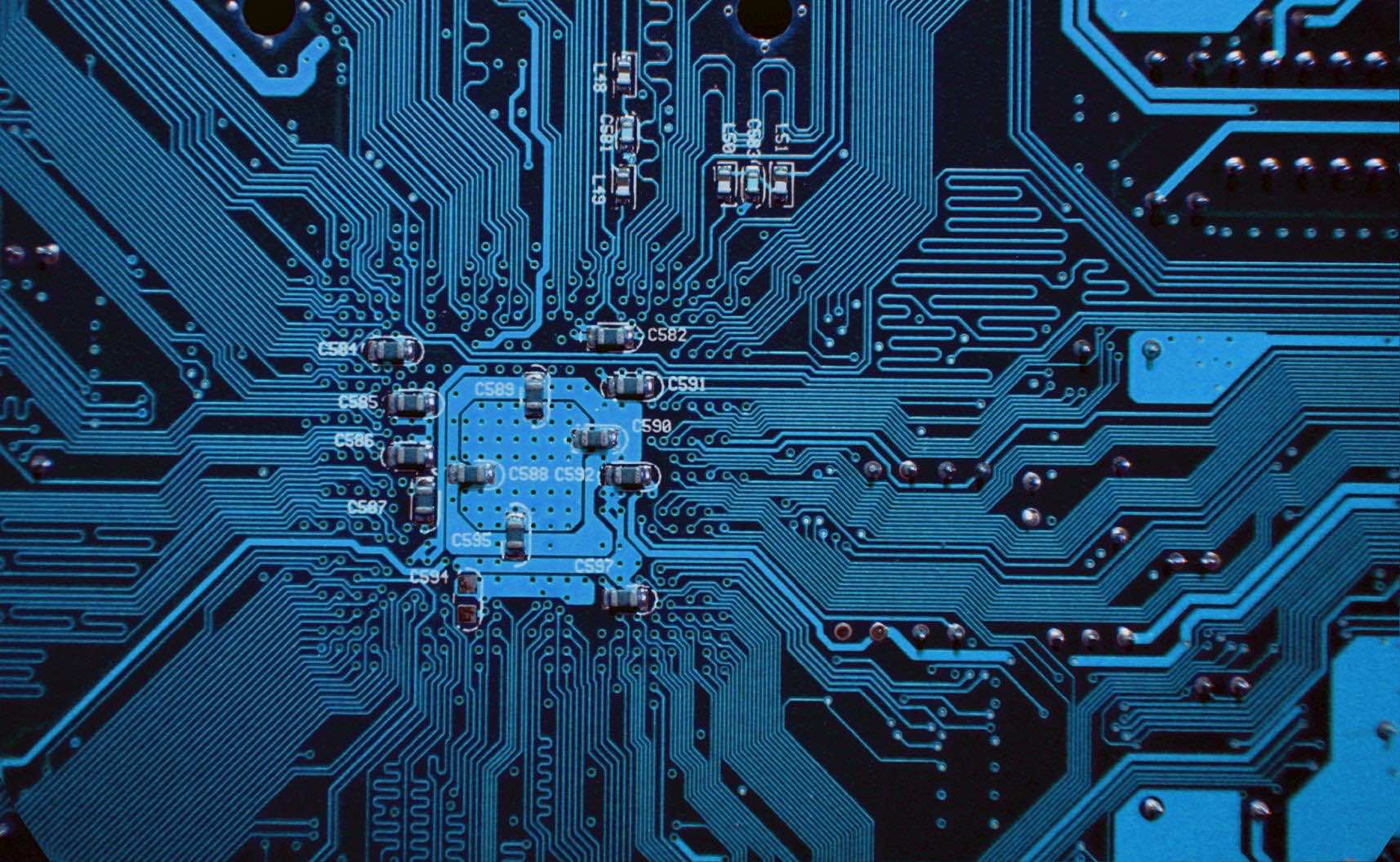
Deception Unveiled: The Rise of Deepfake Technology

Deepfake technology is revolutionizing the way we perceive reality, blurring the lines between fact and fiction like never before. With the rapid advancements in artificial intelligence and machine learning, deepfakes have emerged as a powerful tool capable of manipulating visual and audio content with precision and subtlety. Whether it’s pillaging the depths of historical footage or creating entirely fabricated videos, this technology has the potential to deceive and provoke a profound societal impact.
At its core, deepfake technology utilizes complex algorithms to superimpose pre-existing images or videos onto different subjects, seamlessly blending them together. This creates the illusion that individuals are saying or doing things they never actually did. From political figures to celebrities, anyone can become a victim of deepfakes, as even the slightest facial expressions and vocal inflections can be convincingly replicated.
The emergence of deepfakes poses numerous ethical and legal challenges. Manipulated content can be used to spread misinformation, fuel online harassment, or even fabricate false evidence. Verifying the authenticity of digital media becomes increasingly difficult, potentially eroding trust in conventional sources of information. As the technology becomes more accessible, the impact of deepfakes on elections, public figures, and private individuals becomes a pressing concern.
As society grapples with the implications of deepfake technology, it is essential to develop robust methods for detecting and countering these sophisticated manipulations. Research is underway to create advanced algorithms that can identify inconsistencies in video and audio content, enabling us to differentiate between what is real and what is fabricated. Additionally, public awareness and media literacy initiatives are crucial in empowering individuals to critically analyze and question the authenticity of the content they encounter.
The rise of deepfake technology demands a comprehensive dialogue between governments, technology companies, and society at large. Collaborative efforts are necessary to establish guidelines and regulations that balance the need to protect individuals from malicious use while preserving freedom of expression and creativity. By staying vigilant and informed about the deceptive capabilities of deepfakes, we can navigate this evolving technological landscape and safeguard the integrity of our digital world.
The Evolution of Deepfake Technology
Deepfake technology has rapidly evolved over the years, revolutionizing the way we perceive and interact with media. Enabled by advancements in machine learning and artificial intelligence, deepfakes have made it possible to manipulate visual and audio content in ways previously unimaginable.
Initially, deepfakes were limited to simple face-swapping techniques, where one person’s face would be seamlessly superimposed onto another person’s body in a video. These early attempts were often crude and easily detectable, but they laid the foundation for the advancements to come.
As the technology progressed, so too did the sophistication of deepfakes. Algorithms became more capable of analyzing and understanding facial expressions, head movements, and voice modulations, making it increasingly difficult to discern real from fake. With each iteration, the level of realism achieved by deepfakes surpassed expectations, creating a new level of challenge in distinguishing between genuine and fabricated content.
The rise of deepfakes has brought with it a range of ethical concerns. The ability to convincingly create fabricated audio and video raises questions about the potential for misinformation and the erosion of trust in the digital age. As society grapples with these challenges, researchers and technology experts are working tirelessly to develop effective detection mechanisms and countermeasures to mitigate the risks associated with this powerful technology.
The evolution of deepfake technology demonstrates our ever-expanding capacity to manipulate reality, blurring the lines between fact and fiction. As we navigate this new landscape, it becomes crucial to remain vigilant, critically analyze media, and verify sources to protect ourselves from the potential harm that deepfakes can inflict.
Implications of Deepfakes on Society
The rise of deepfake technology has undoubtedly brought about significant implications for society. As the capabilities of deepfakes continue to advance, we are faced with several concerns and challenges that affect both individuals and communities.
One of the major concerns surrounding deepfakes is the potential for widespread misinformation. With the ability to manipulate audio and video content, individuals with malicious intent can create convincing fake videos that spread false information and distort reality. This poses a threat to public trust, as it becomes increasingly difficult to discern what is real and what is fabricated.
Moreover, the impact of deepfakes on personal privacy cannot be ignored. The technology allows for the creation of realistic videos using the faces and voices of unsuspecting individuals. This raises issues of consent and control over one’s own image and identity. Deepfakes have the potential to not only damage personal reputations but also be used for blackmail or other malicious purposes.
Another significant implication of deepfakes is their potential to disrupt public discourse and manipulate public opinion. Deepfake videos can be used to portray public figures saying or doing things they never actually did, leading to confusion and polarization. This can have severe repercussions on political processes, public trust in institutions, and the overall stability of society.
In conclusion, the implications of deepfakes on society are vast and consequential. From misinformation and privacy concerns to the manipulation of public opinion, the rise of deepfake technology challenges us to develop effective measures to address its negative impact while embracing its potential for positive applications.
Combating Deepfakes: Detection and Prevention
Deepfake technology has raised serious concerns regarding its potential to deceive and manipulate people through the creation of highly realistic synthetic media. To combat the harmful effects of deepfakes, various detection and prevention methods are being developed.
One approach to detecting deepfakes involves analyzing inconsistencies and abnormalities within the manipulated media. Algorithms can be trained to identify discrepancies in facial features, such as unnatural movements or lighting inconsistencies, which may indicate the presence of a deepfake. By comparing the manipulated media with genuine content, these algorithms can flag potential deepfakes for further examination.
Another method for detecting deepfakes is through digital forensics, which involves analyzing the metadata and traces left within the media itself. This includes examining the timestamps, compression artifacts, and alterations made during the editing process. By scrutinizing these aspects, experts can uncover evidence of manipulation and determine the authenticity of the media.
Best Deepfake App
Additionally, advancements in machine learning and artificial intelligence are being leveraged to develop sophisticated deepfake detection models. By training these models on large datasets of both real and manipulated content, they can learn to recognize subtle visual cues that human eyes might overlook. These detection models act as an added layer of defense in the fight against deepfakes.
Prevention is equally important in addressing the rise of deepfakes. One preventive measure involves educating the public about the existence and effects of deepfakes. By raising awareness and promoting media literacy, people can become more discerning consumers of information, less susceptible to the detrimental influence of manipulated media.
Furthermore, collaboration between governments, tech companies, and researchers is crucial in developing regulations, guidelines, and technological solutions to combat deepfakes. By working together, policymakers can establish legal frameworks that hold perpetrators accountable, while tech companies can invest in advanced detection technologies and develop more secure verification mechanisms.
In conclusion, the battle against deepfakes requires a multifaceted approach. Combining detection techniques, digital forensics, machine learning models, public awareness, and collaborative efforts can help mitigate the risks posed by deepfake technology. By staying vigilant and proactive, we can strive to maintain the integrity and authenticity of the media landscape.



